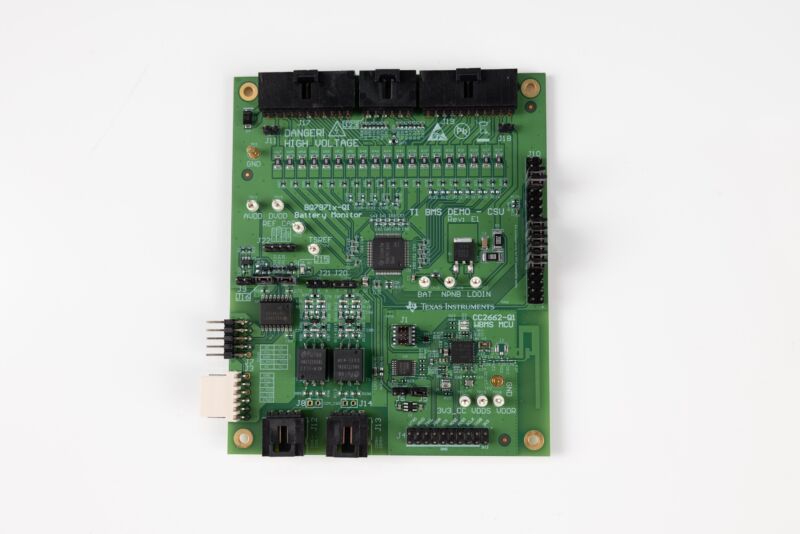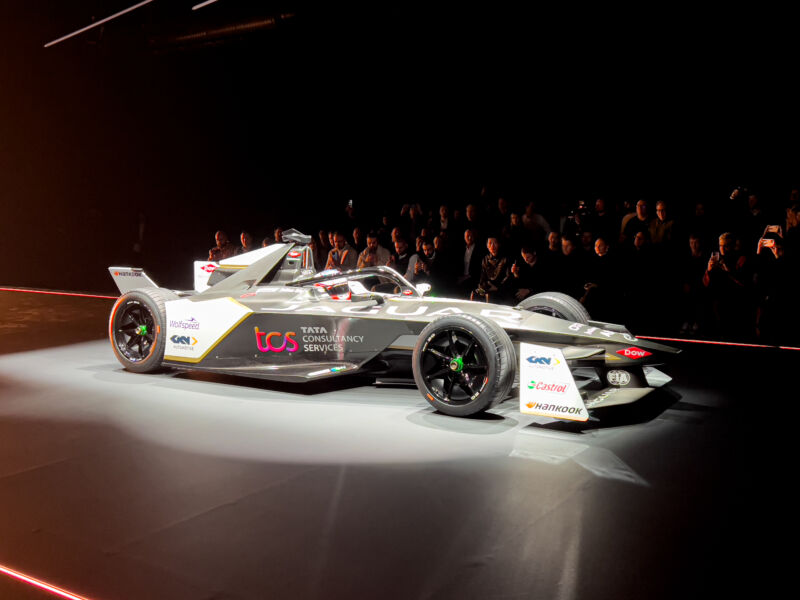-
 chevron_right
chevron_right
A new battery management system could boost EV range by 20 percent
news.movim.eu / ArsTechnica · Wednesday, 4 January, 2023 - 15:30 · 1 minute

Enlarge / This is the BQ79731-Q1, a new battery pack monitor from Texas Instruments. TI has also developed a battery cell monitor that works with it to much more accurately manage LFP batteries in EVs. (credit: Texas Instruments)
One of the more exciting developments to come to electric vehicles over the past few years has been the development of lithium-iron phosphate cells as an alternative to more traditional lithium-ion chemistries that use minerals like nickel, manganese, and cobalt. Now, a new battery management system, or BMS, could mean much more accurate range predictions for EVs with these batteries.
Why LFP?
LiFePO4, or LFP, batteries were mostly the province of Chinese EV makers until last year thanks to a series of exclusive patent licenses signed with the US and Canadian researchers who first developed the technology. But those patents are expiring, and non-Chinese automakers are beginning to adopt LFP batteries.
LFP cells dislike very cold weather more than an equivalent NMC or nickel-cobalt aluminum cell, and they also store less energy. But that last bit might in fact be an advantage to this chemistry—there's no danger that an LFP pack will combust or explode in a crash, so there's much less need to surround the pack with a heavy protective shell.


